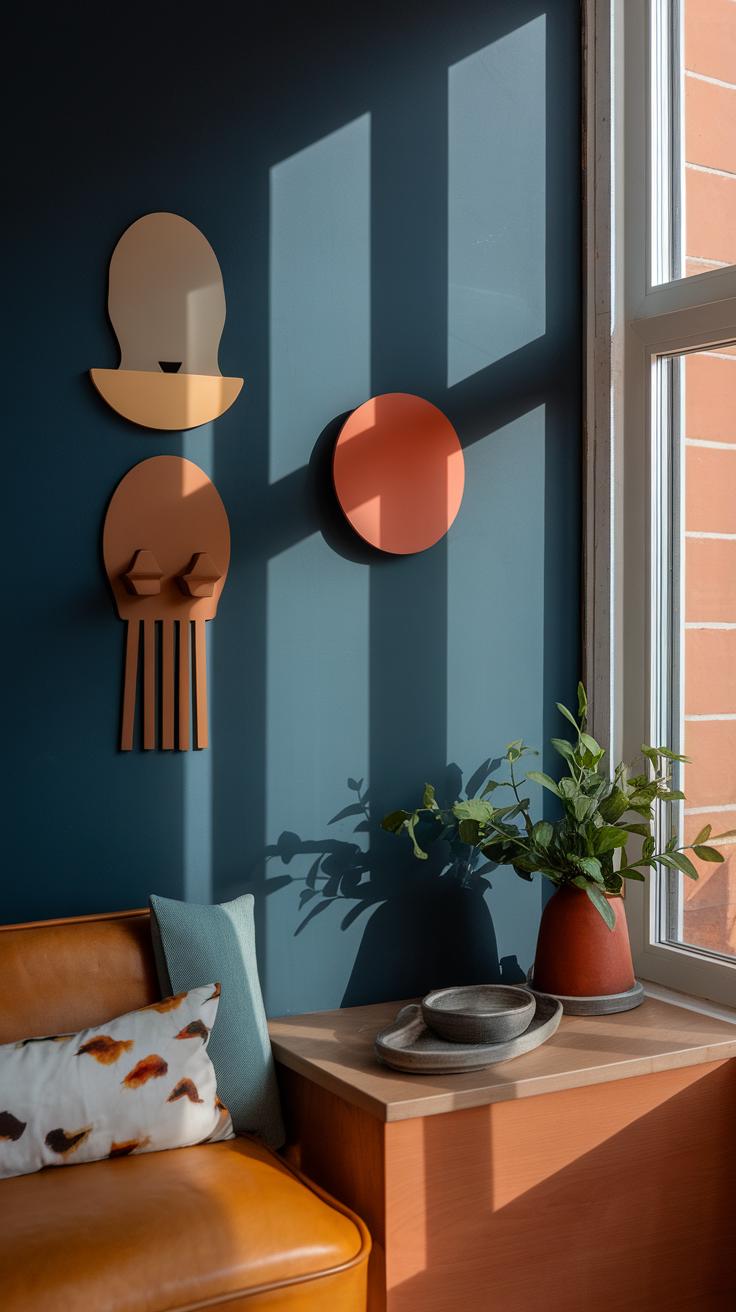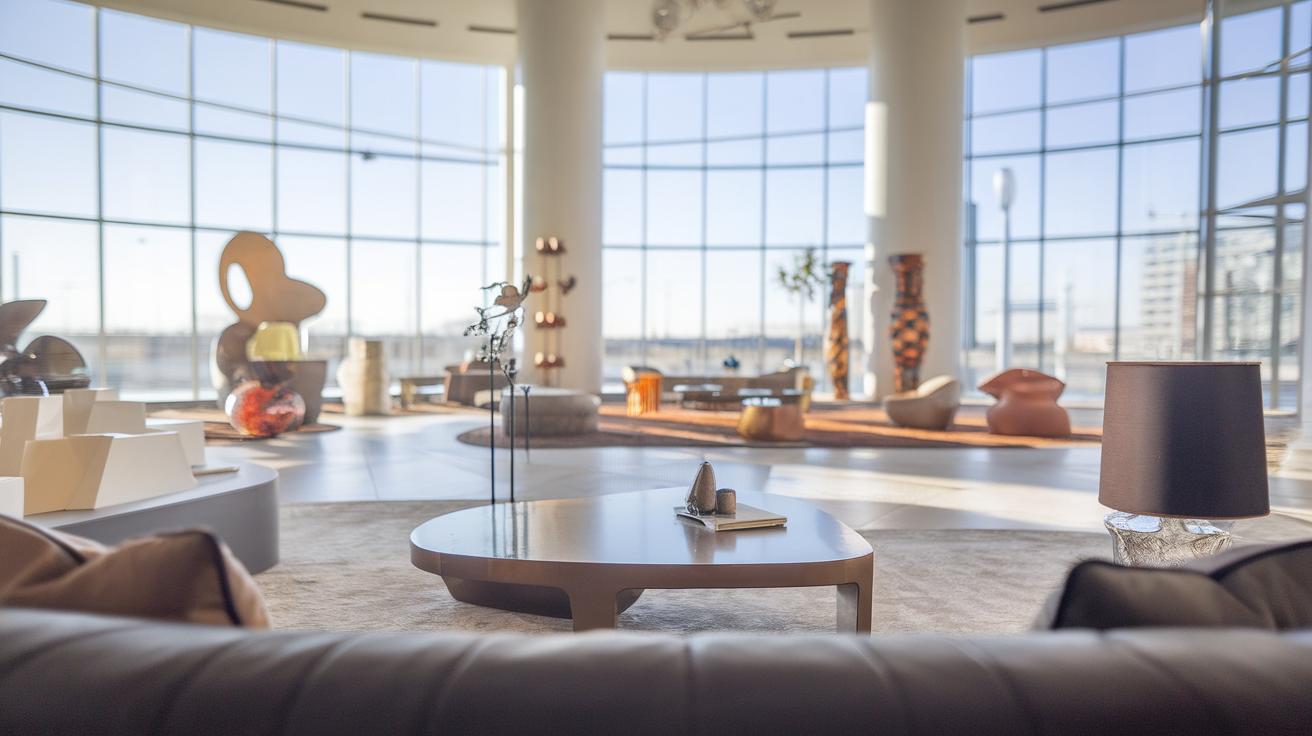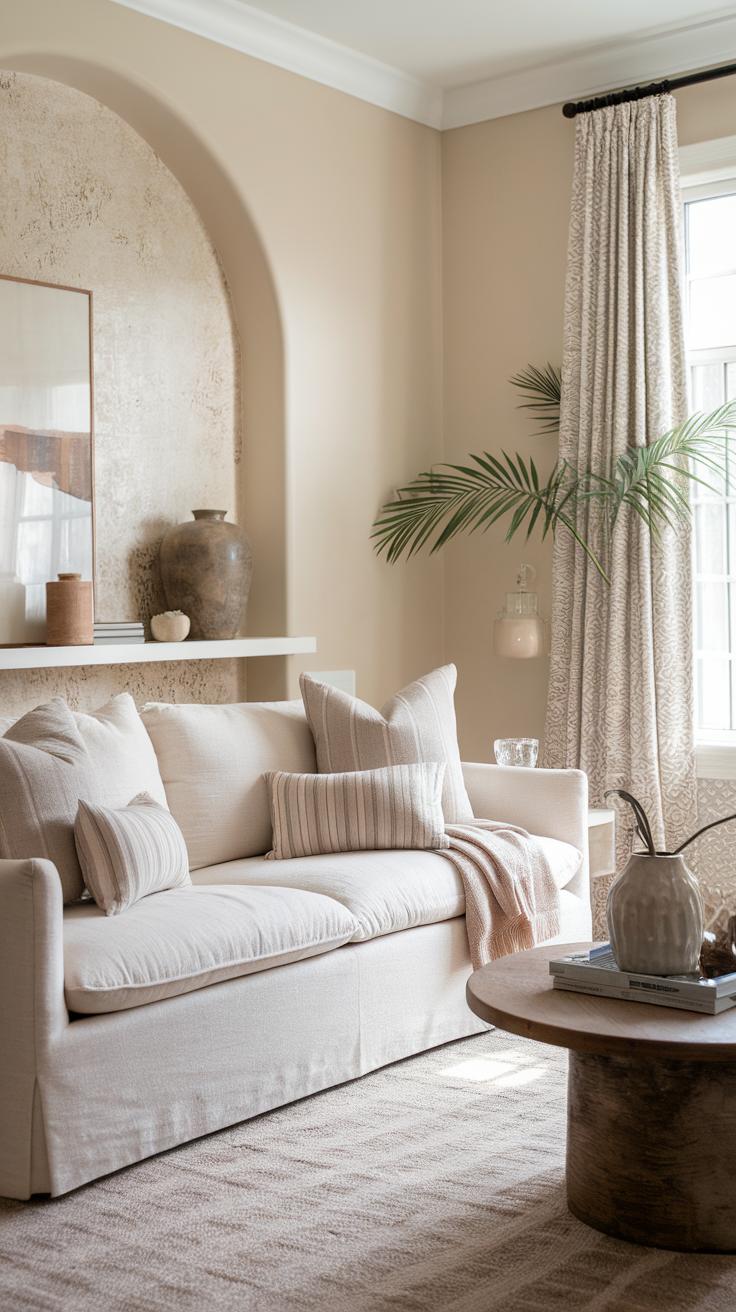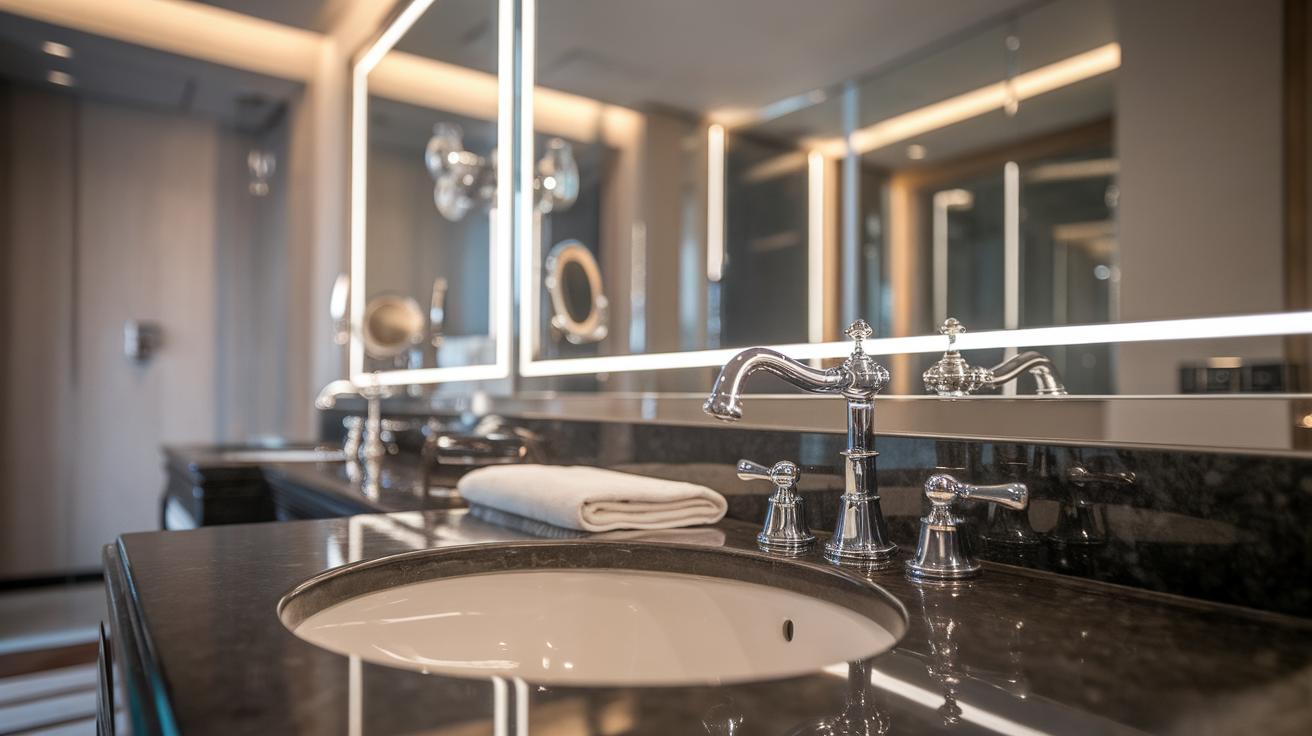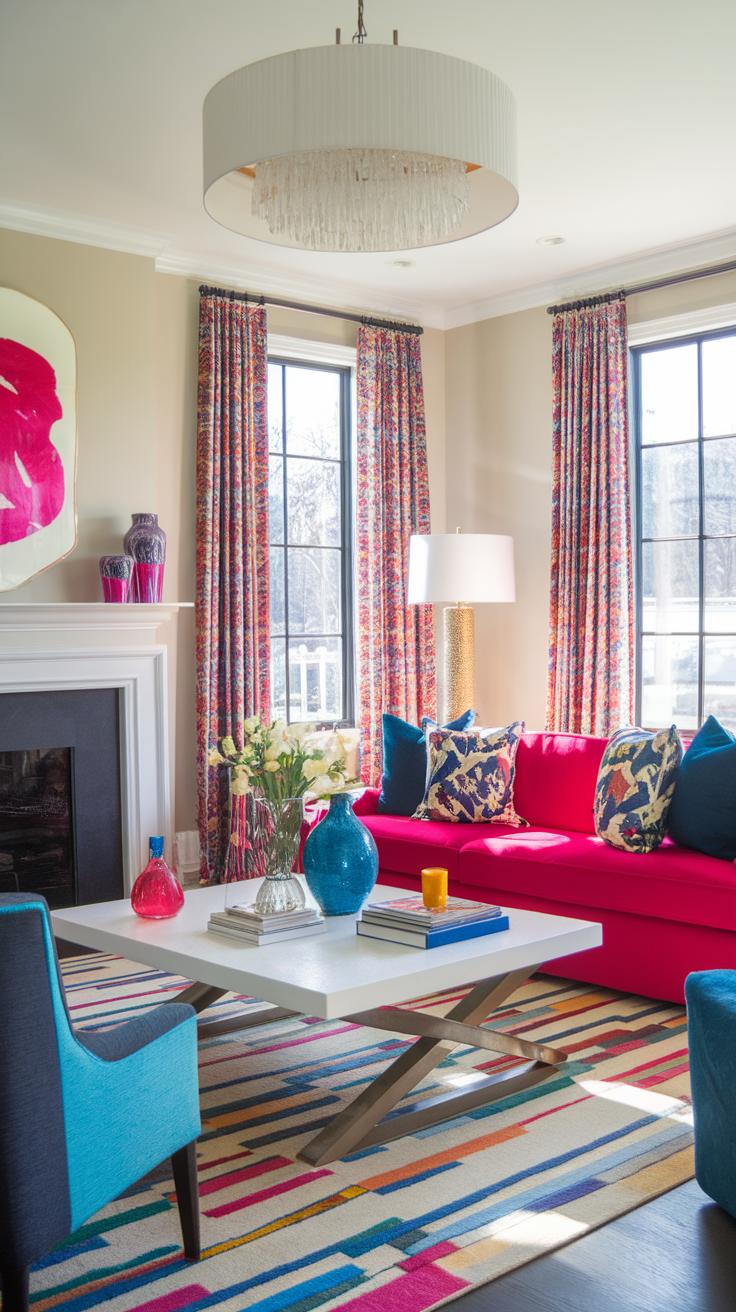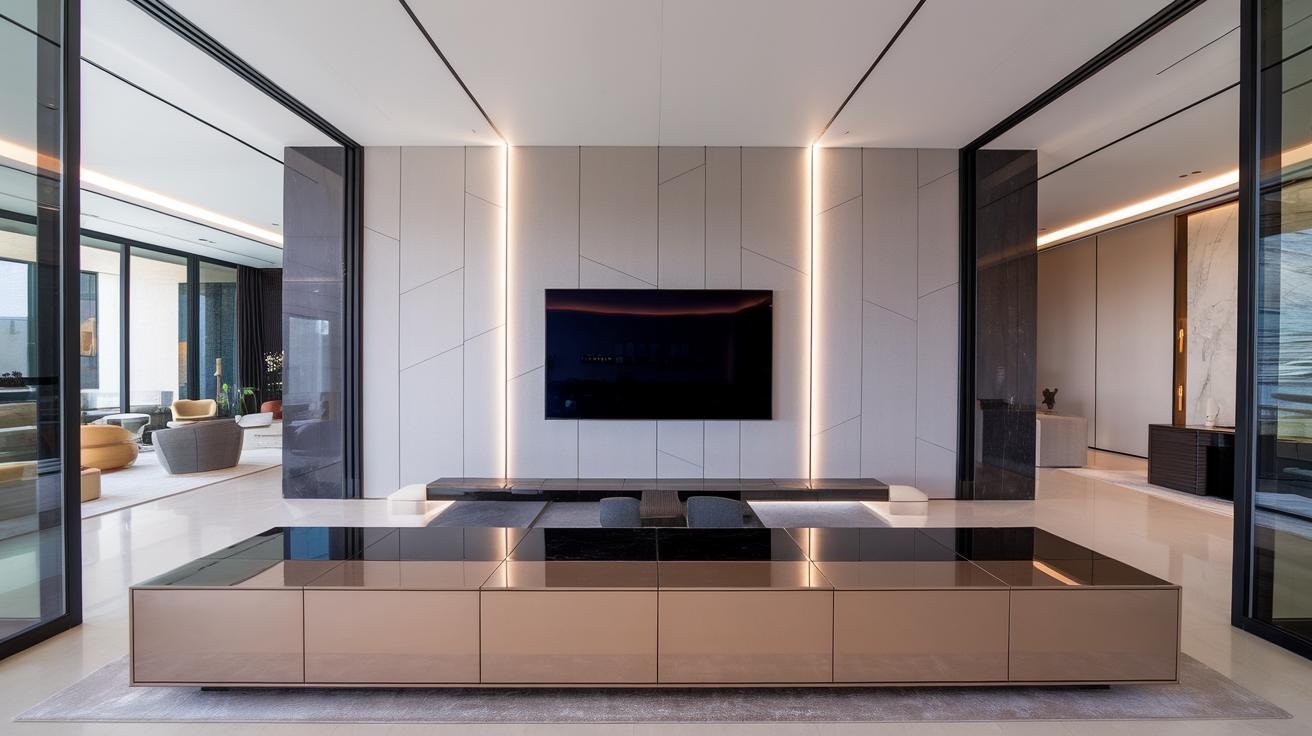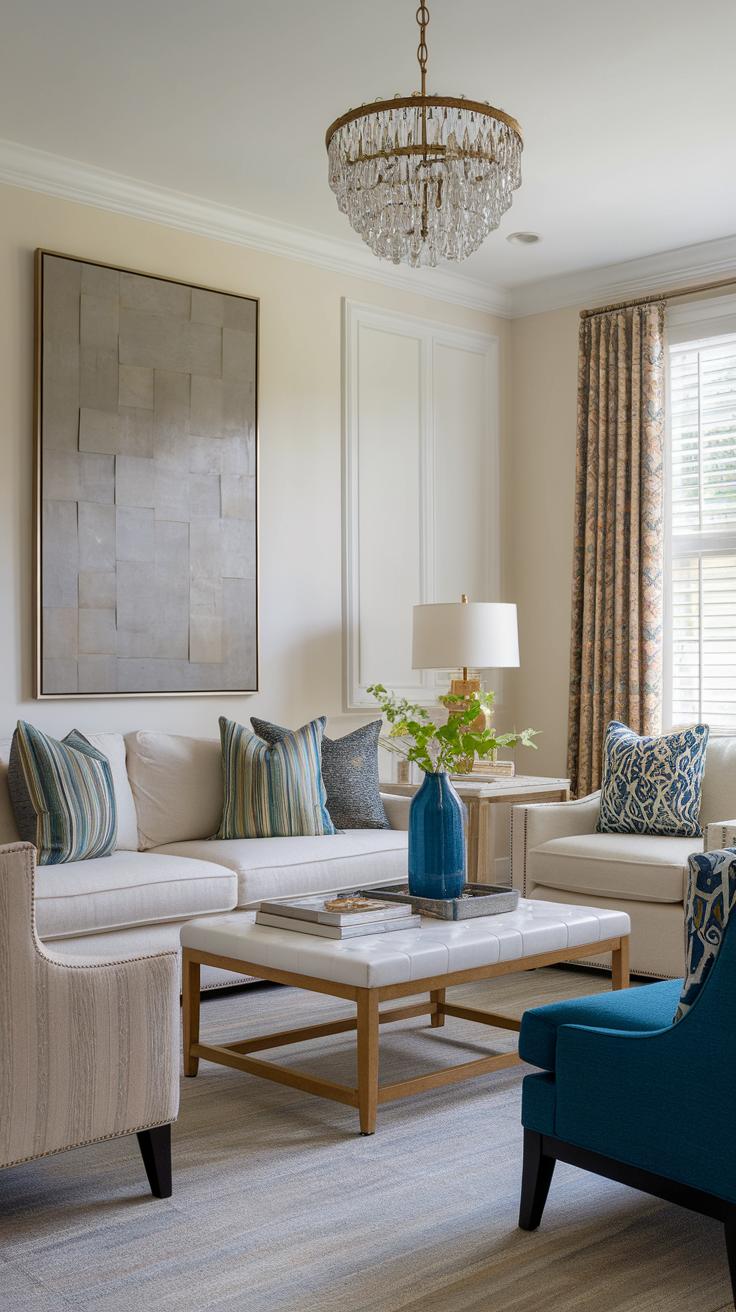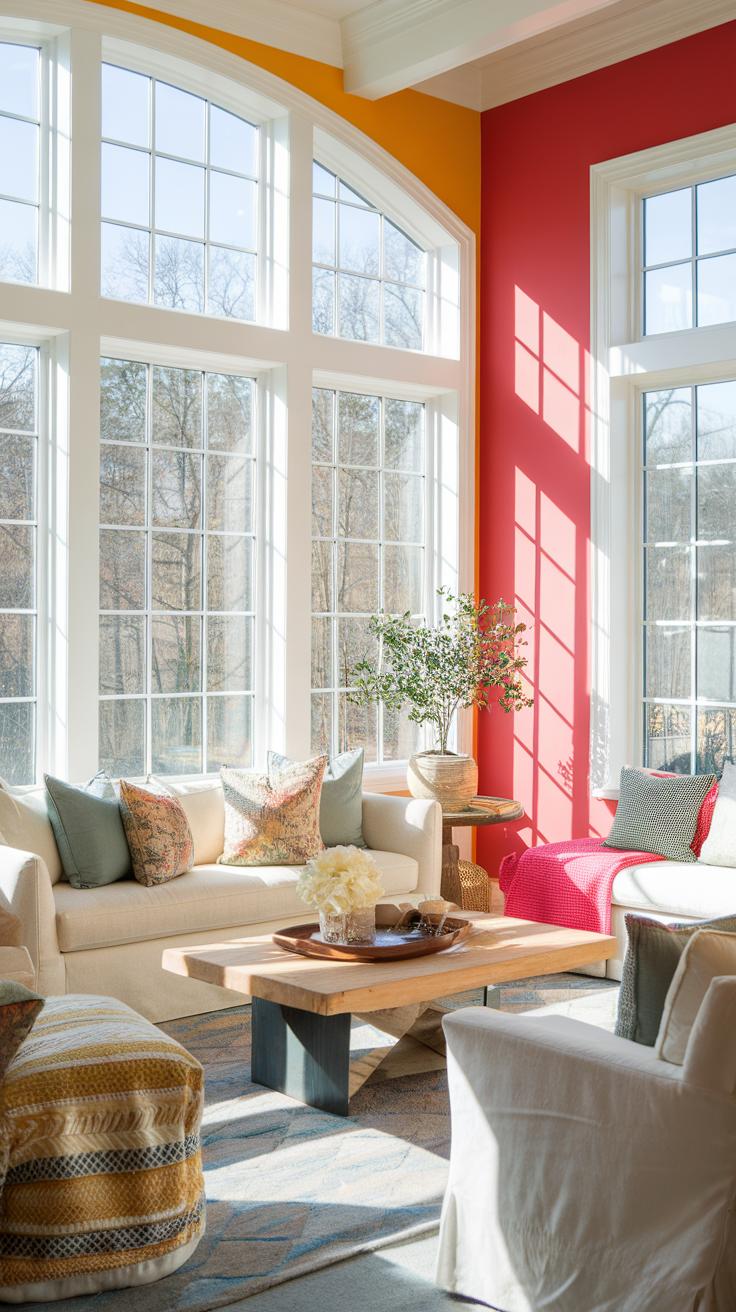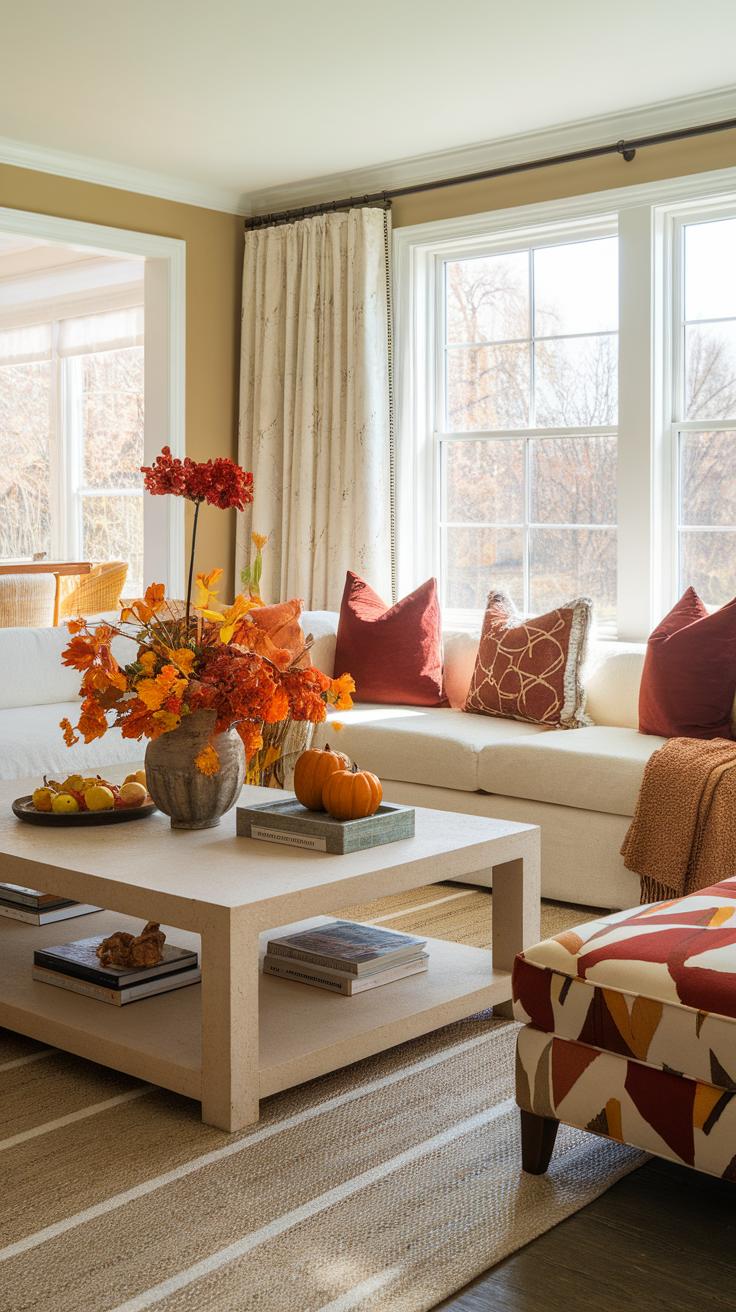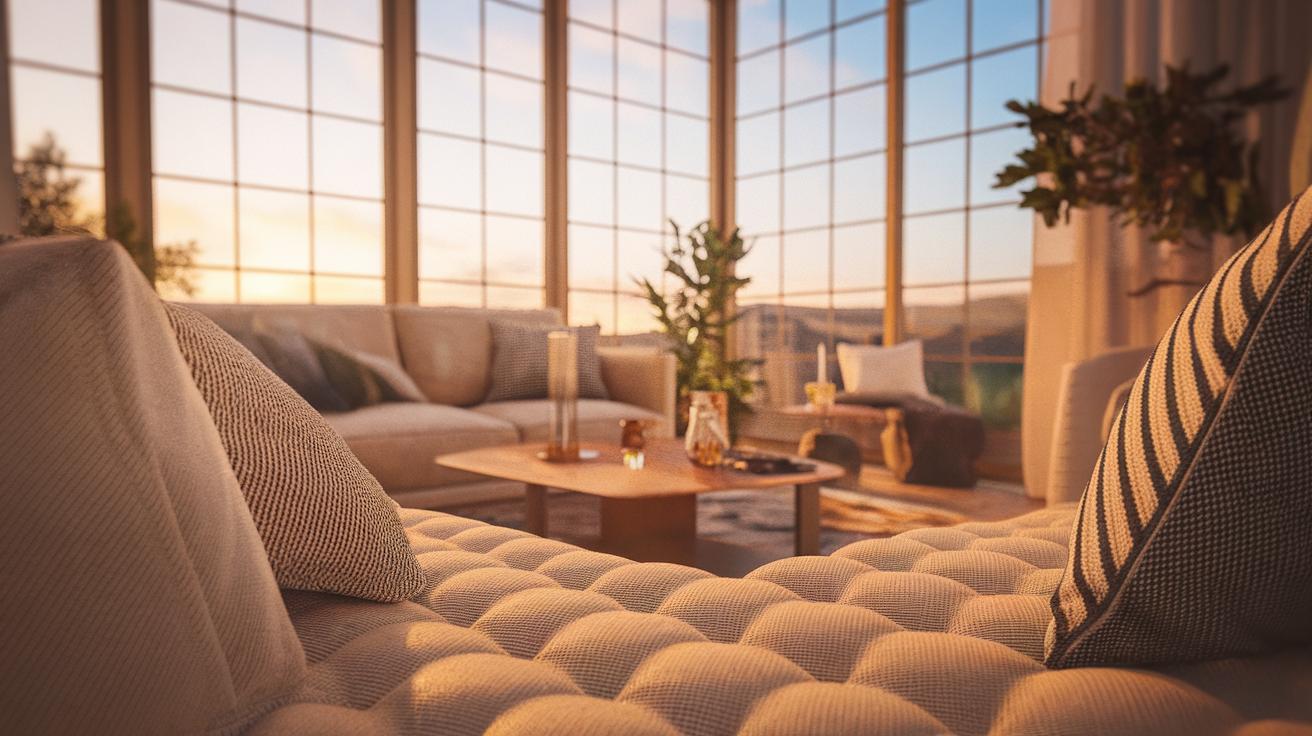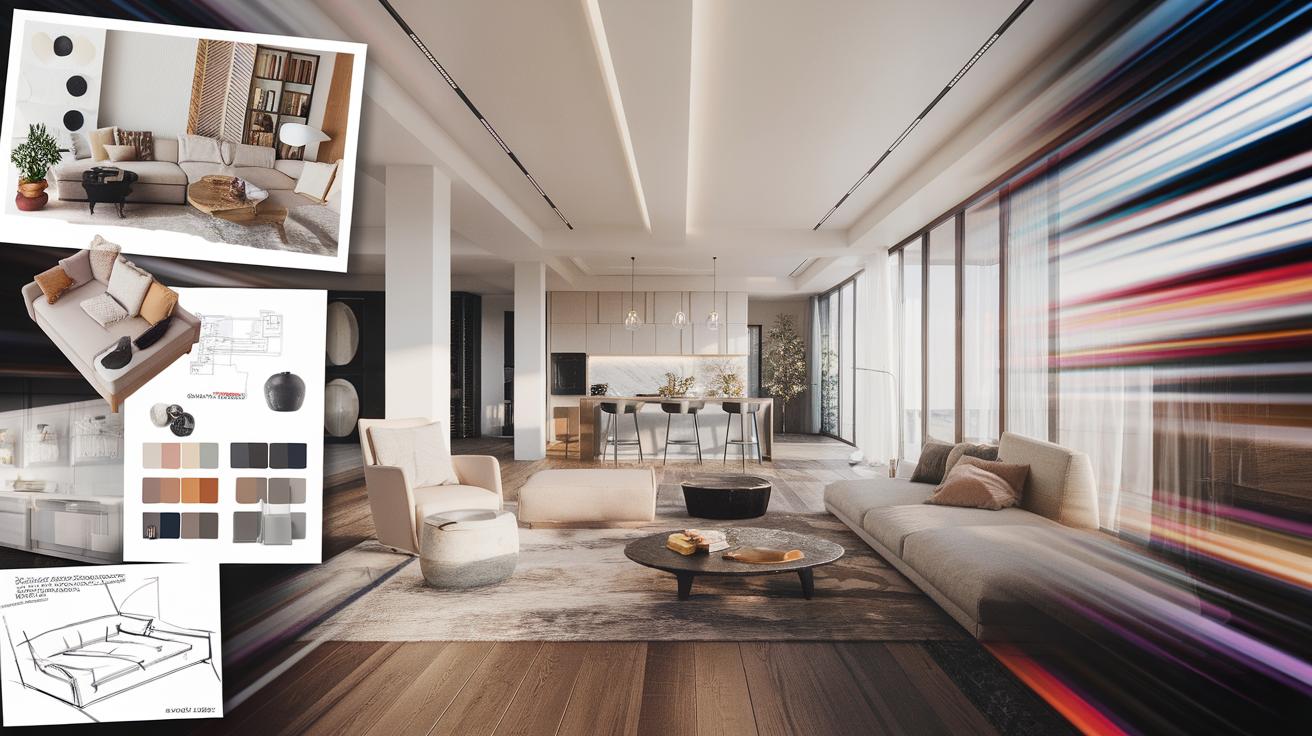Introduction
Choosing the right color scheme for your living room plays a vital role in creating a welcoming atmosphere. The color palette you select can impact the mood and functionality of the space. From bold and vibrant shades to soft and soothing tones, the options are endless. Exploring various living room color scheme ideas helps you discover combinations that reflect your personality and suit your home’s decor.
In this article, we will dive into innovative ideas that will inspire you to reinvent your living room. You will find color scheme suggestions that cater to different styles, preferences, and themes. Whether you prefer a modern aesthetic or a cozy traditional feel, this guide offers practical tips and creative ideas to elevate your living room’s visual appeal.
Understanding Color Psychology Explore the Psychological Effects of Colors in Living Rooms
Colors play a vital role in shaping the mood and ambiance of your living room. Each hue carries its own emotional significance and can impact how people feel in a space. For example, blue typically evokes calmness and relaxation, making it a great choice for a soothing environment. Green offers a sense of balance and harmony, connecting us to nature and promoting tranquility.
On the other hand, vibrant colors like red and orange can energize a room, sparking creativity and conversation. These warmer tones work well in social settings where family and friends gather. Soft yellows can create cheerfulness, brightening the area while still feeling warm and welcoming.
Understanding these color effects helps in selecting the perfect palette to create the desired atmosphere. Thoughtfully combining colors can transform your living room into an inviting haven tailored to your personal style.
Choosing a Base Color
Selecting a base color for your living room sets the tone for the entire space and influences how other colors interact. Start by considering your existing decor. Neutral colors like beige, gray, or soft white serve as excellent base choices, allowing you to add colorful accents without overwhelming the room.
Think about your design style. Modern homes often favor bold, striking colors, while traditional spaces might benefit from subdued hues. Incorporating a base color that reflects your personality can enhance your home’s uniqueness. Test paint swatches in different lighting to see how the color shifts throughout the day. This step ensures your selection complements furniture and accessories, creating a harmonious environment.
A well-chosen base color provides the foundation for your living room’s overall look, inviting creativity while maintaining balance.
Choosing a Base Color for Your Living Room
Selecting the Right Base Color
Picking a base color for your living room sets the mood for the entire space. Begin by evaluating your personal style and the existing decor. If you lean towards a modern aesthetic, consider cool tones like grays or muted blues. These colors bring a clean, sleek look while allowing you to add colorful accents later. For a cozy and warm environment, rich hues like terracotta or soft beige can invite comfort and liveliness. Analyze the amount of natural light that floods your space. Lighter shades enhance brightness and can make a small room feel larger. In contrast, darker colors like deep green or navy create intimacy and sophistication. Find inspiration around you, from art pieces to furniture, and let these inform your choice.
Balancing with Style and Function
Your base color should not only reflect your taste but also fit with the overall function of the room. Think about how you want to feel in your living room. If the space serves as a gathering spot for family and friends, choose a cheerful and inviting color. If it’s a place for relaxation, softer and soothing colors might work better. Don’t overlook the impact of textures and patterns in your furnishings. A bold base color paired with patterned cushions and throws can create a striking visual balance. Always consider the flow of color from other rooms to maintain harmony throughout your home.
Creating a Color Palette Guide to a Cohesive Living Room
When crafting a color palette for your living room, start with a base color that anchors the space. Following that, think about accent colors that will add interest and style. Choose two or three accent colors that complement your base. For example, a soft gray base works beautifully with bright yellows and deep navy for a balanced look.
Introduce a contrasting color to give your palette a dynamic edge. A vivid red can stand out against a muted blue base, creating a lively atmosphere. This contrast makes your living room feel inviting and showcases your personality.
To ensure a cohesive look, use these colors consistently in your furniture, accessories, and artwork. This approach can help you build a stylish living room that captures the eye and feels welcoming to everyone.
Accent Colors in Your Living Room
Enhancing Design and Highlights
Accent colors bring life and energy to your living room. These colors provide contrast and interest, making your space feel dynamic. Start by selecting a primary color for your walls or large furniture pieces. Once you have this base, choose one or two accent colors that complement this primary shade. For example, if you have soft gray walls, teal or mustard yellow can serve as vibrant accents.
Incorporate your accent colors through decorative items such as throw pillows, artwork, or rugs. These smaller elements allow you to easily change the look of your room. Consider using accent colors to highlight architectural features, like a fireplace or shelves. This technique guides the eye and creates a balanced appearance, enhancing your living room’s overall design. By strategically placing these colors, you can transform mundane spaces into stylish havens.
Focal Points and Color Create AttentionGrabbing Features in Your Living Room
Use Color to Highlight Key Elements
Creating focal points in your living room starts with choosing the right colors to highlight specific areas. You can draw attention to a fireplace, artwork, or a unique furniture piece by using contrasting colors. For example, if your walls are painted a soft beige, a bold blue or green accent chair can stand out and become the room’s centerpiece.
Layer Your Colors for Depth
Layering colors adds dimension to your space. Paint one wall a deep shade while keeping the others in lighter tones. This technique enhances the richness of the room and naturally directs the eye to the darker wall, making it a focal point. Use rugs and throws in complementary colors to tie the look together, adding interest without overwhelming the senses.
Incorporating Patterns and Textures to Enhance Color Schemes
Using Patterns Effectively
Patterns can bring excitement and interest to your living room color scheme. They create dynamic visuals by breaking the monotony of solid colors. A bold geometric print on throw pillows can draw the eye and complement a soft, neutral sofa. Stripes or floral designs can make spaces feel larger or add a touch of coziness. Mixing different patterns in a cohesive color palette allows each element to showcase its unique charm, creating a harmonious atmosphere.
Adding Depth with Textures
Textures can transform the perception of color within your living room. You can choose smooth, shiny fabrics for a modern feel or go for rougher textures like wool or jute for a more rustic vibe. Layering textiles, such as a chunky knit throw over a sleek velvet couch, can enhance warmth and visual interest. Incorporating wooden surfaces or metal accents further enriches the overall design, giving depth to your chosen color scheme.
Natural Light and Color Perception How Natural Light Influences Your Living Room Colors
Understanding Natural Light’s Impact
Natural light plays a significant role in how colors look in your living room. Bright sunlight can make shades appear more vibrant, while dim light may dull them. When choosing colors, keep in mind that the amount and direction of light affects how shades change throughout the day. A light blue wall may look fresh and airy in the morning sun but can switch to a calmer hue as the sun sets.
Tips for Maximizing Color with Natural Light
Use large windows or sheer curtains to let sunlight flood your space. Bright whites and soft pastels can reflect natural light, creating an open atmosphere. Darker colors can add warmth but may require brighter accessories or furniture to balance. Consider testing paint samples on your walls before committing. This method allows you to see how different colors shift with changing light, helping you make the best choice for a stylish and inviting living room.
Seasonal Color Adjustments Keep Your Living Room Fresh
Transform Your Space with Seasonal Colors
Changing your living room’s color scheme with the seasons makes it feel lively and welcoming. Each season brings unique colors that can inspire your choices. In spring, light pastels like soft greens and pale pinks evoke freshness. You can add colorful cushions or a new area rug in these shades. During summer, bright colors like sunny yellows or ocean blues can energize the space. Swap out heavy drapes for lighter fabrics in cheerful tones.
In fall, rich earthy colors such as deep oranges and browns create warmth and comfort. Incorporate these shades through throw blankets or artworks. Winter calls for cozy neutrals like soft grays and whites to reflect the season’s tranquility. Using seasonal color adjustments keeps your living room feeling current and encourages creativity. A simple change in decor can make a big difference in how you experience the space throughout the year.
Maintaining Your Color Scheme
Keeping your living room’s color scheme fresh requires some planning and creativity. Regularly assess your space to see if the colors still resonate with your style. When you notice wear and tear or fading, consider repainting walls or adding new accent pieces. Swapping out throw pillows or blankets can dramatically change the feel of the room without a major overhaul.
Don’t hesitate to incorporate new colors or trends. Fabrics and accessories allow you to introduce fresh tones that enhance your existing palette. Seasonal updates provide great opportunities. A change of curtains or decorative items can reflect the mood of the current season, keeping the room lively. You will create a harmonious environment that feels both stylish and inviting with thoughtful adjustments over time.
Conclusions
Selecting the perfect color scheme for your living room can transform your space and enhance your lifestyle. The right colors unify the room, express your style, and set the mood for relaxation or entertainment. Whether you choose to go with vibrant contrasts or soothing monochromes, the color choices greatly affect the overall ambiance.
Remember to consider elements like furniture, lighting, and personal decor when finalizing your color palette. With these innovative living room color scheme ideas, you can create a stylish and inviting environment that you and your guests will love. Embrace your creativity and make your living room a reflection of your unique taste.




